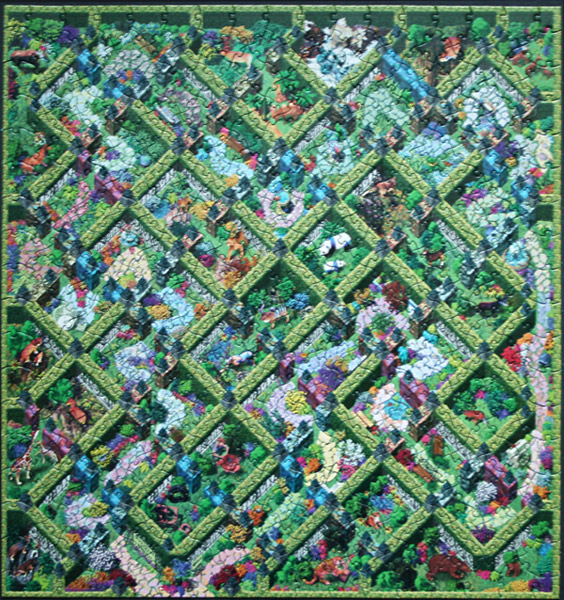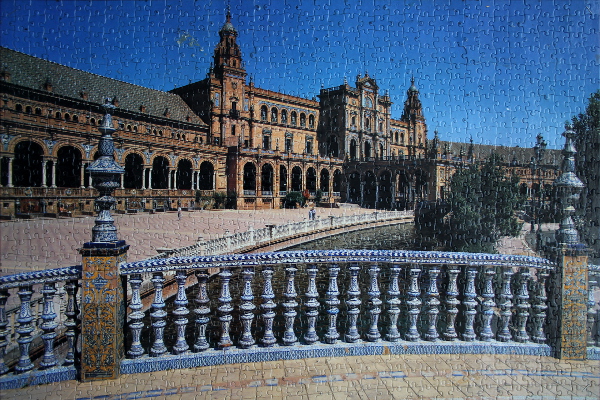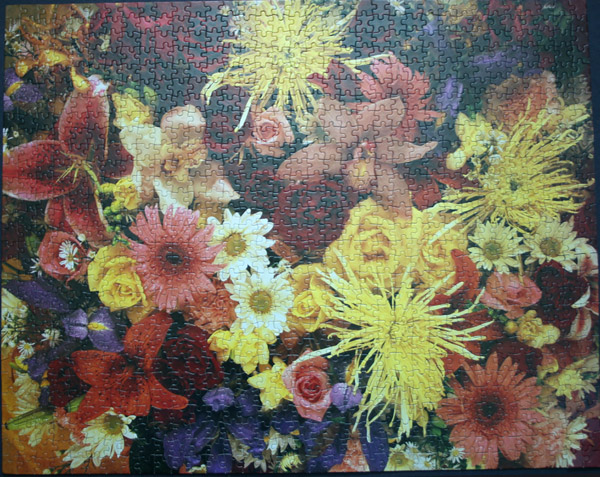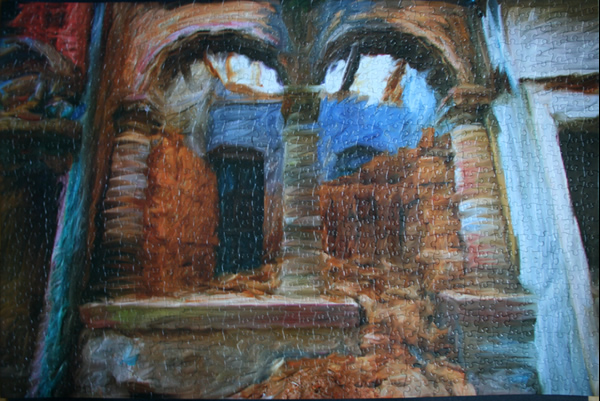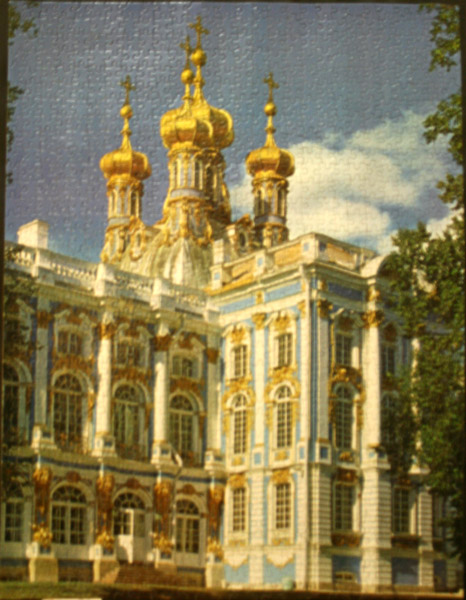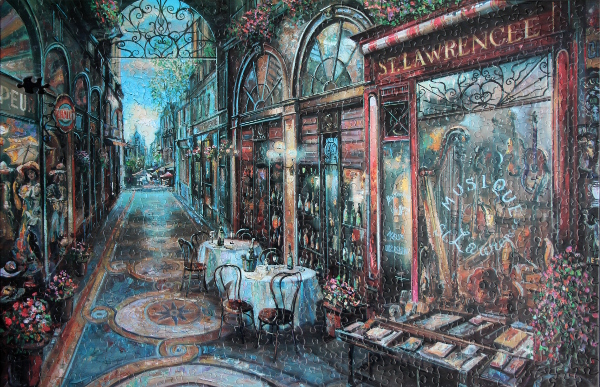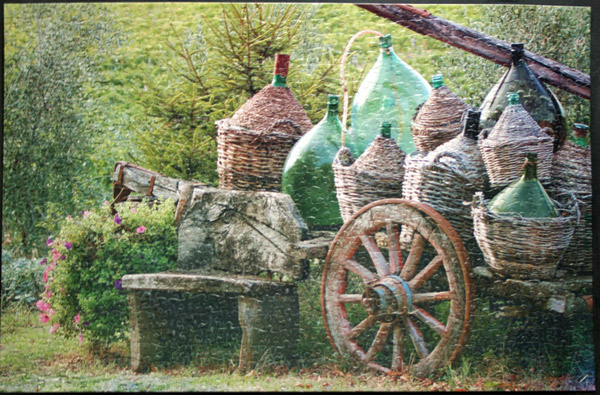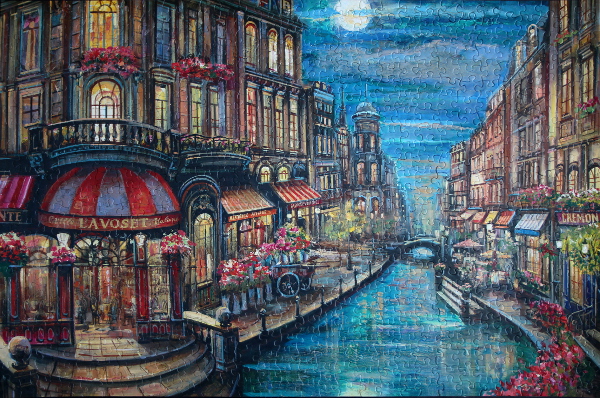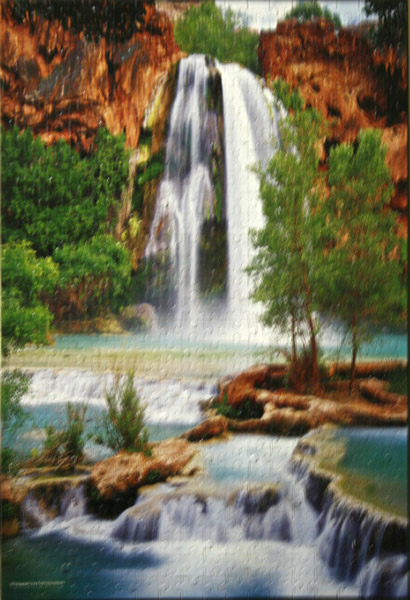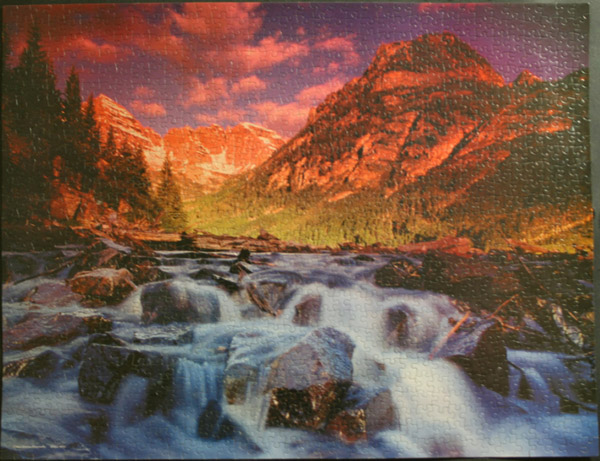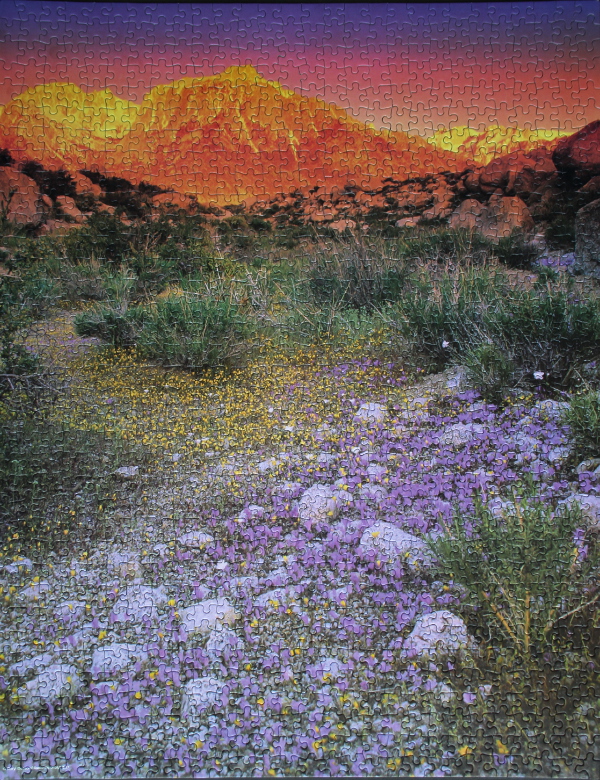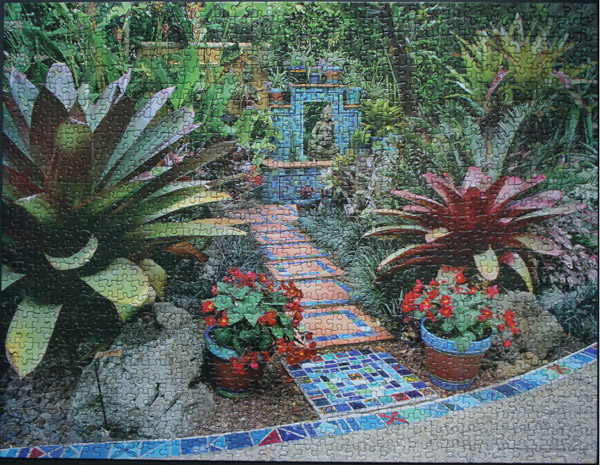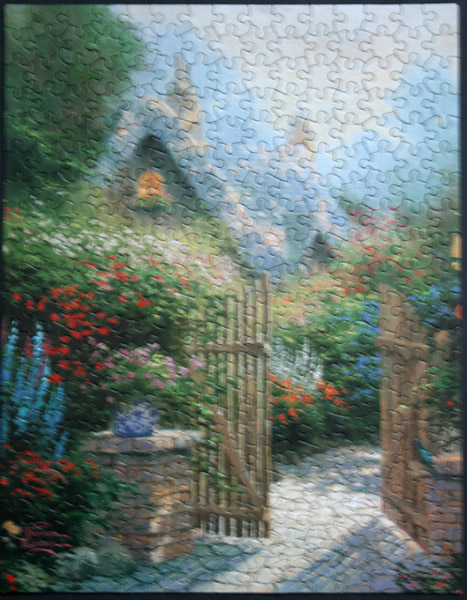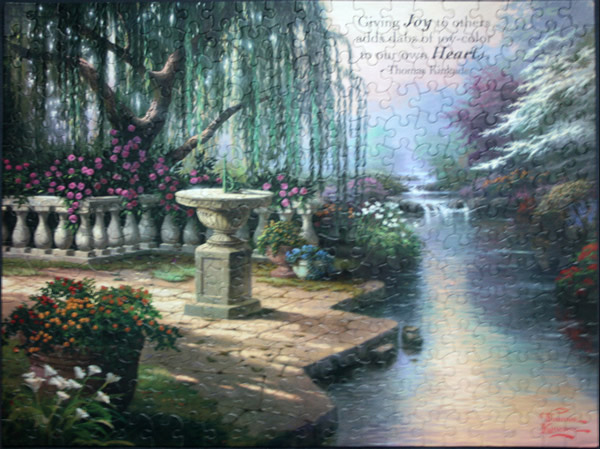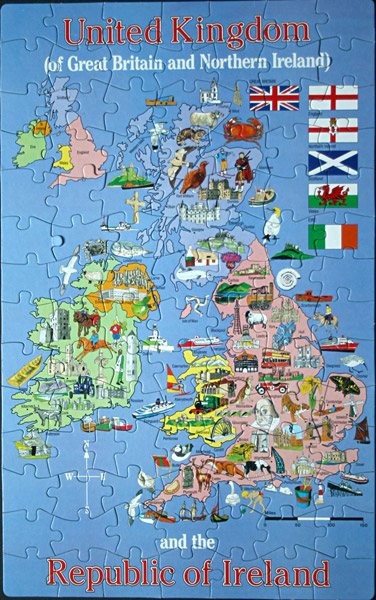
Size: 100 pieces
Dimensions: 38.2cm x 61cm
Producer: Early Learning Centre
Notes: 100 piece board jigsaw with outline guide featuring the United Kingdoms. [Puzzle box]
The United Kingdom of Great Britain and Northern Ireland (commonly known as the United Kingdom, the UK, or Britain) is a sovereign state located off the north-western coast of continental Europe. It spans an archipelago including Great Britain, the northeastern part of the island of Ireland, and many smaller islands. Northern Ireland is the only part of the UK with a land border with another sovereign state, sharing it with the Republic of Ireland. Apart from this land border, the UK is surrounded by the Atlantic Ocean, the North Sea, the English Channel, and the Irish Sea.
The United Kingdom is a constitutional monarchy and unitary state. It is a country consisting of four countries: England, Northern Ireland, Scotland, and Wales. [Wiki]
Ireland, described as the Republic of Ireland, is a state in Western Europe. It encompasses approximately five-sixths of the island of Ireland, which was partitioned into two jurisdictions in 1921. The country is otherwise surrounded by the Atlantic Ocean, the Irish Sea to the east, St George’s Channel to the southeast, and the Celtic Sea to the south. [Wiki]






